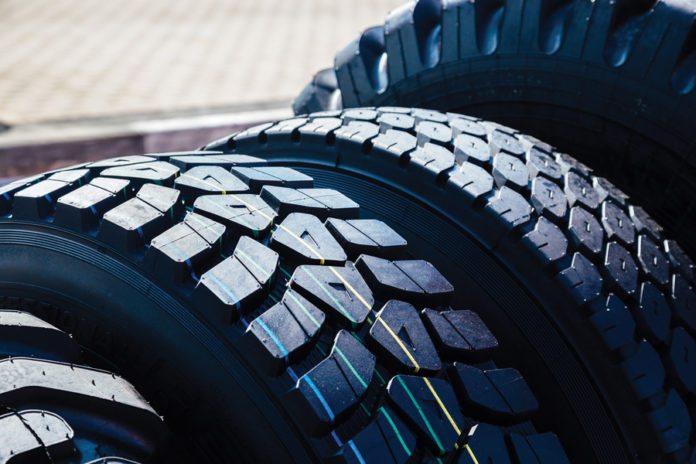The IP tribunal of the Supreme People’s Court (SPC) recently issued a final ruling on a declaratory judgment action related to a patent dispute on 12 June 2019. Although the court dismissed the plaintiff’s declaratory judgment action, the court clarified in its ruling issues regarding: (1) the determination of “warning”; and (2) the scope of claims in a declaratory judgment action. This ruling provides further guidance on the mechanism of declaratory judgment action for patent owners to reconsider their patent enforcement strategies in China.
Facts and background
Safe-Run Huachen Machinery (Suzhou) owns a patent related to a tyre-making machine. VMI Holland BV is a manufacturer of a range of tyre-making machines, including the MAXX and VMI245 models. Cooper (Kunshan) Tires is a VMI customer that uses the MAXX model.
Safe-Run filed an administrative complaint against Cooper for using the alleged infringing products, including but not limited to the MAXX model. However, VMI was not involved in this administrative proceeding. VMI then delivered a written notice to Safe-Run on 24 September 2018, indicating that the infringement complaint in the administrative proceeding had adversely affected the operation of VMI and its clients in China. The notice required Safe-Run to: (1) withdraw the administrative complaint; or (2) initiate a civil action to resolve the infringement dispute. Safe-Run received the notice on 26 September 2018, and then on 19 October 2018 filed a civil lawsuit against Cooper and VMI before the Suzhou IP Tribunal.
After Safe-Run’s filing of a civil action, VMI and Cooper filed a declaratory judgment action with the same court, requesting the court to rule that VMI’s MAXX and VMI245 models do not infringe Sage-Run’s patent at issue.
Legal grounds for filing a declaratory judgment action in a patent dispute
According to article 18 of the SPC’s Interpretations Concerning Certain Issues on the Application of Law for the Trial of Cases on Disputes over Patent Infringement, when the following elements are met, a warned party is entitled to file a declaratory judgment action against a patentee (or a party sending a corresponding warning, which the authors will refer to as “patentee” below for ease of reading):
- The patentee sends a warning to a party in relation to infringement on its patent rights;
- The warned party sends a written demand asking the patentee to file a lawsuit; and
- The patentee neither withdraws the warning nor files a lawsuit within one month from its receipt of the written demand, or within two months from the issuance of the written demand.
Article 18 provides a mechanism for filing a declaratory judgment action to avoid potential adverse impact on the warned party’s interests caused by a patentee’s failure to enforce or delayed enforcement.
You must be a
subscribersubscribersubscribersubscriber
to read this content, please
subscribesubscribesubscribesubscribe
today.
For group subscribers, please click here to access.
Interested in group subscription? Please contact us.






















